
Members of Energy I-Corps Cohort 6
The opening session for Energy I-Corps Cohort 6 was held on Sept. 13, 2017, in Golden, Colorado. The closing session was held Nov. 16–18, 2017, in Washington, D.C.
Cohort 6 was composed of eight teams from Argonne National Laboratory (ANL), Idaho National Laboratory (INL), Lawrence Berkeley National Laboratory (LBNL), and Pacific Northwest National Laboratory (PNNL).
Teams and Technologies
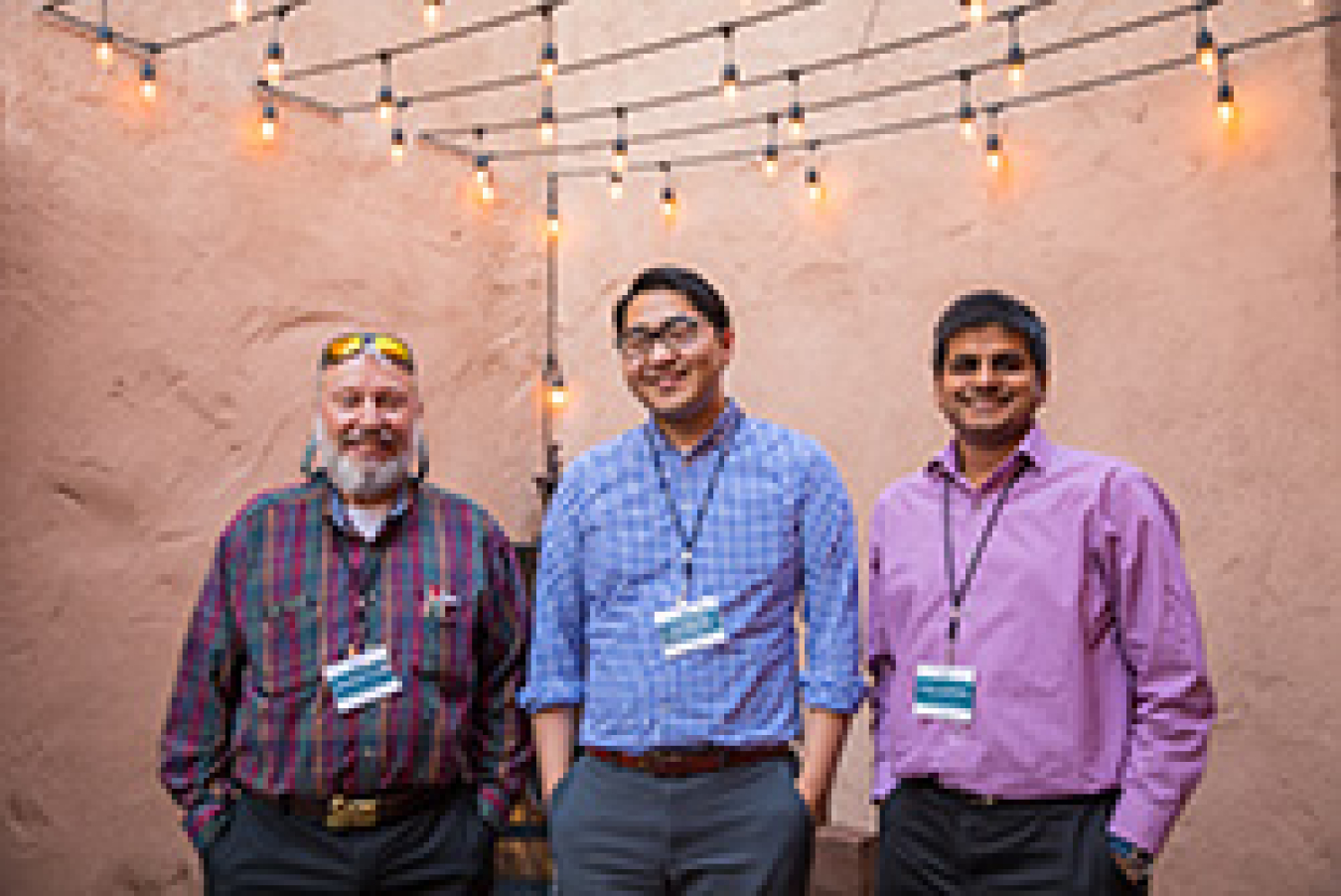
Team Members
- Primary Investigator: Vivek Agarwal
- Entrepreneurial Lead: John Buttles
- Industry Mentor: Uuganbayar Otgonbaatar
Technology Description
Nuclear power generating stations have a very large number of manual valves and their configuration management is performed manually. The technology currently under development at INL enables automation in monitoring valve positions using retrofitted wireless sensor/communication technologies without requiring re-qualification of valves, which was previously either unavailable or very labor-intensive. The information provided can be used for a variety of engineering, maintenance, and management applications. The technology is modular, vendor agnostic, and is based on 4Cs (i.e., communication, connectivity, co-existence, and cybersecurity) that enable easy integration with legacy systems at nuclear power plants. The solution provided by this technology is extendable to other critical infrastructure industries such as oil and gas. Its immediate implementation at nuclear power generating stations would effectively augment the best practices identified under the Delivering the Nuclear Promise Initiative.
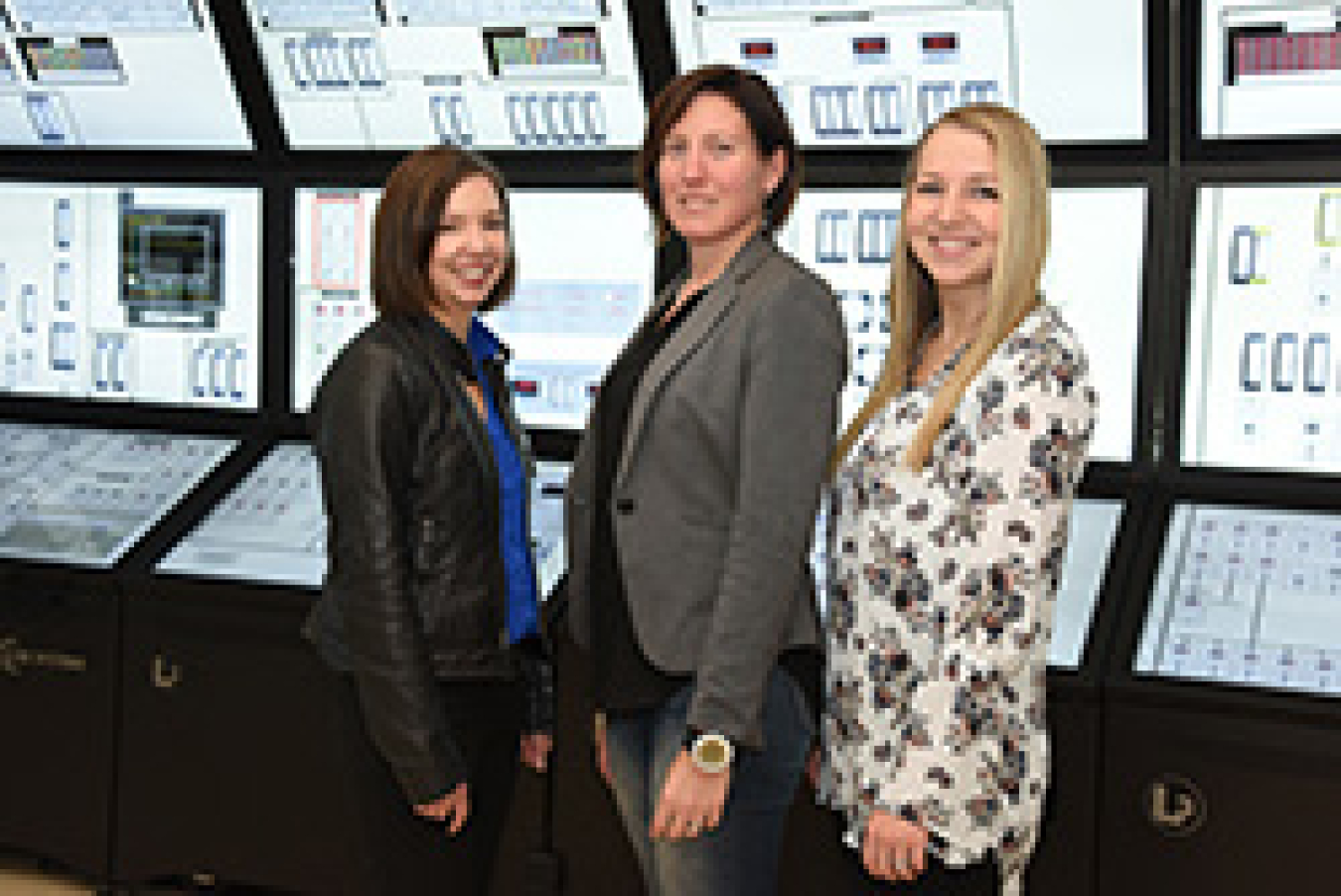
Team Members
- Primary Investigator: Katya Le Blanc
- Entrepreneurial Leads: Johanna Oxstrand, Rachael Hill
- Industry Mentor: David Cohen
Technology Description
More than 70% of incidents occurring in the nuclear industry are due to not correctly following procedures. INL's computer-based procedure system visually guides the worker through each step of the process, validating input and outcomes before moving on to the next step. This tool simplifies the complex paper-based procedure process and ensures that organizations can safely decrease operation and maintenance costs.
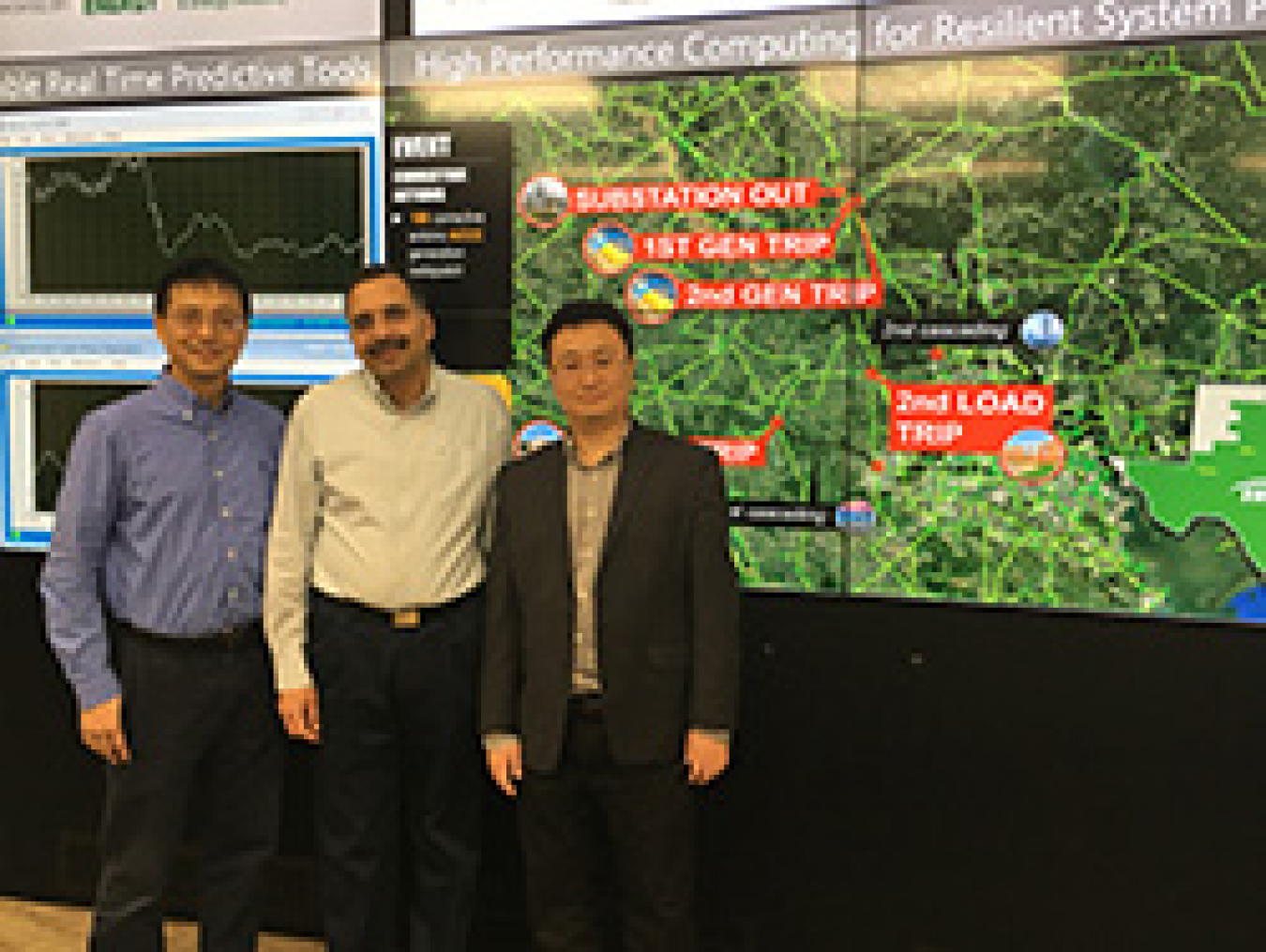
Team Members
- Primary Investigator: Nader Samman
- Entrepreneurial Lead: Yousu Chen, Diao Ruisheng
- Industry Mentor: Brian Fitzsimons
Technology Description
PNNL's Dynamic Contingency Analysis Tool (DCAT) provides evaluation of power grid cascading outage due to extreme events. DCAT is aimed at improving the capability of power system planning engineers to assess the impact and likelihood of extreme contingencies and potential cascading events across their systems and interconnections.
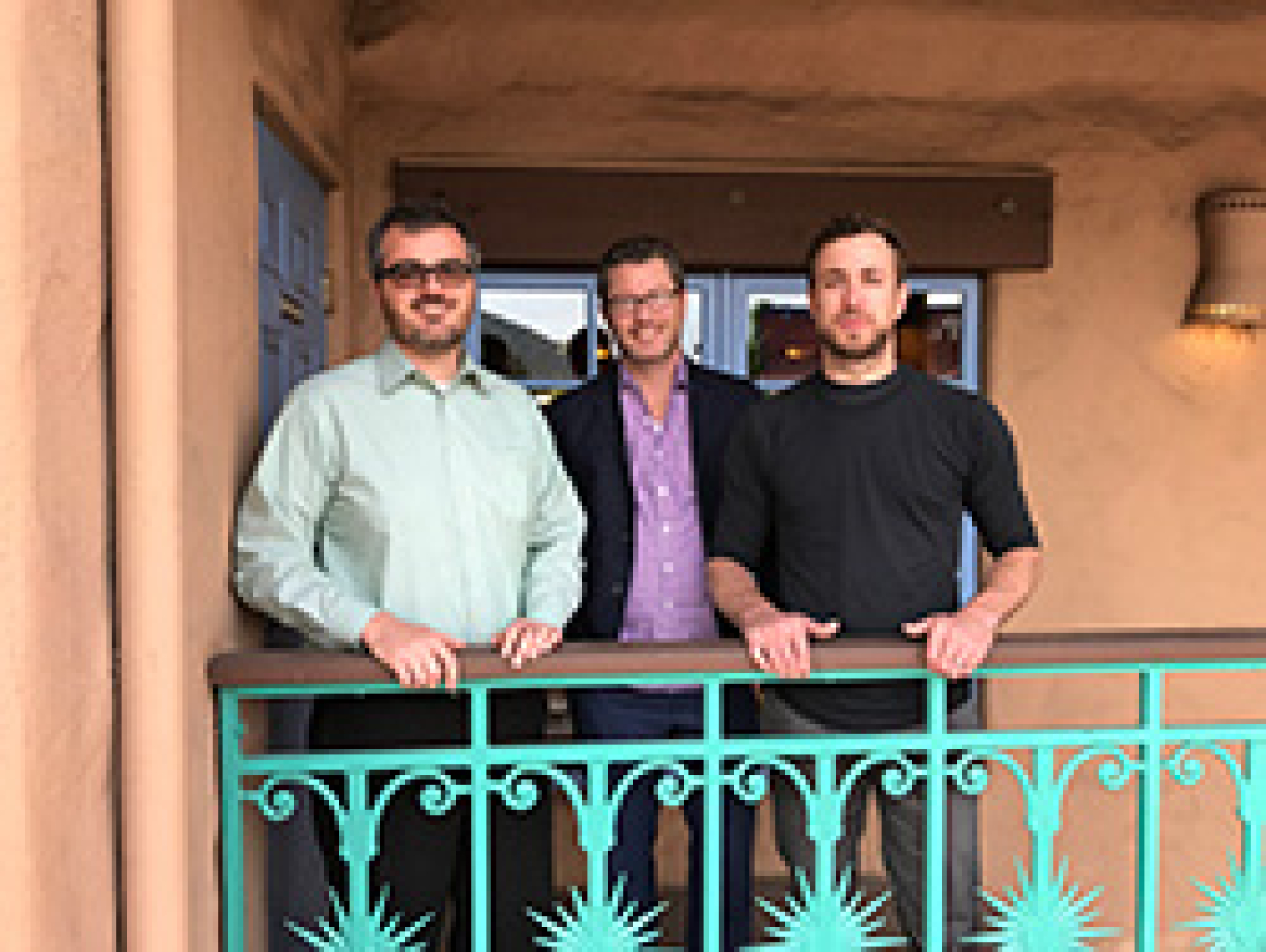
Team Members
- Primary Investigator: Dan Macumber
- Entrepreneurial Lead: Kyle Benne
- Industry Mentor: Michael Leahey
Technology Description
GreenBlox reduces the cost to obtain financing for energy efficiency measures by automating and simplifying required energy savings estimation calculations. GreenBlox ensures that consumers remain protected while opening the door to new financing options that are not currently available due to high administrative costs.

Team Members
- Primary Investigator: Piyush Upadhyay
- Entrepreneurial Lead: Ken Ross
- Industry Mentors: Doug Waldron, David Gotthold
Technology Description
PNNL's friction stir assisted scribe technique (FAST) provides a unique way to form continuous linear and curved joints between two dissimilar materials. The FAST process is the only technology that produces a continuous mechanical and/or chemical joint between significantly different materials such as polymer-metal or aluminum-steel.
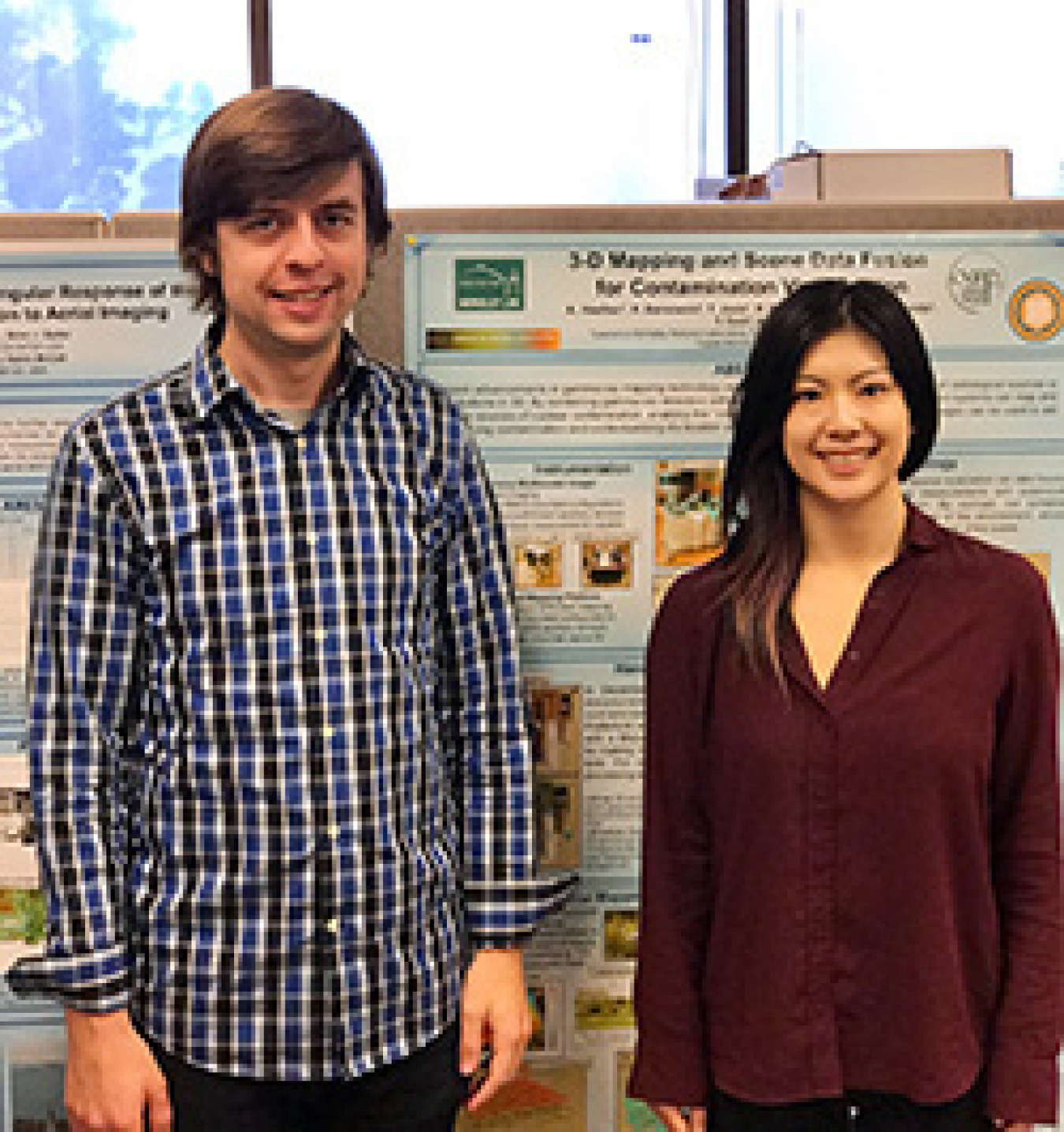
Team Members
- Primary Investigator: Andy Haefner
- Entrepreneurial Lead: Erika Suzuki
- Industry Mentor: Steven Bellinger
Technology Description
The LBNL Gamma Rayality team's technology enables users to "visualize" gamma-ray emitting radioactive sources by producing 3D maps of an area of interest in real-time. These 3D maps enable faster and more accurate localization and identification of radioactive sources or contamination. This novel approach, which fuses radiation data with data from auxiliary, contextual sensors, can be deployed on aerial or ground vehicles, as well as in handheld configurations.
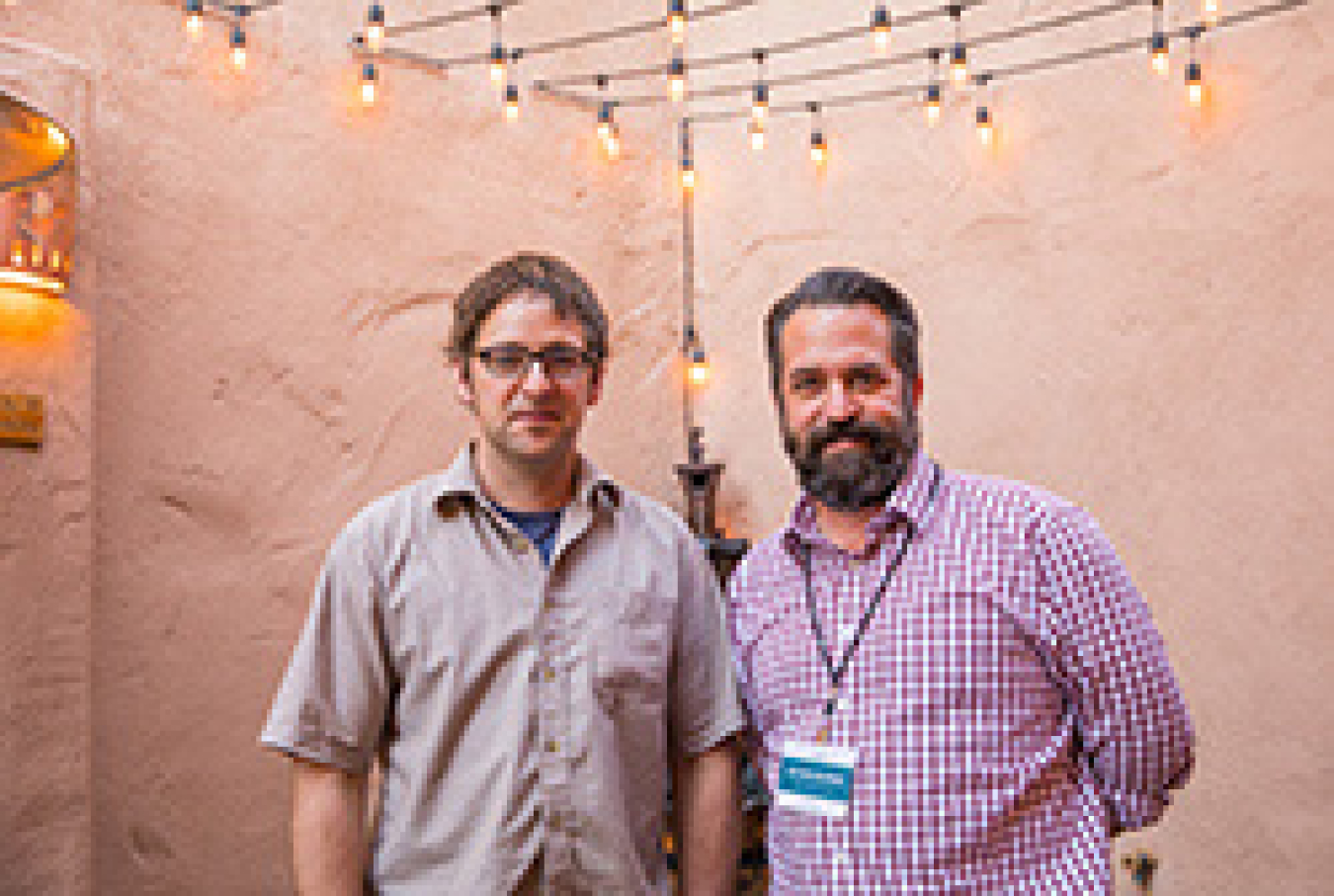
Team Members
- Primary Investigator: Ed Berry
- Entrepreneurial Lead: Kevin Burke
- Industry Mentor: Rick Landuyt
Technology Description
ANL researchers have invented a technology for recovering oil and other petroleum products from bodies of water that surpasses similar technologies that are currently on the market in several key aspects. Water contamination from oil and other petroleum products carries with it huge environmental, economic and health impacts. ANL’s invention, known as Oleo Sponge, offers promise for dramatically improving our ability to combat this problem.
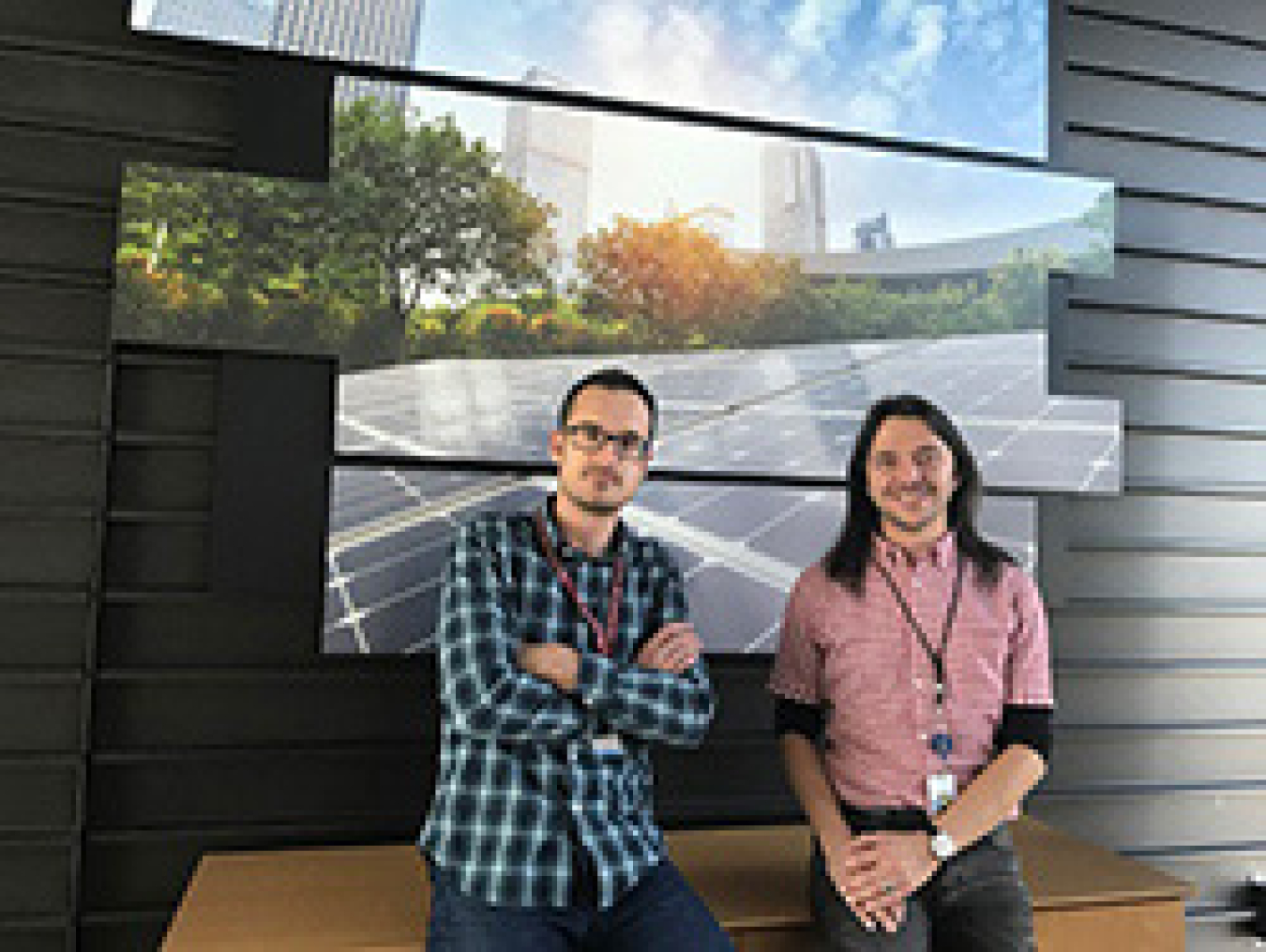
Team Members
- Primary Investigator: Emiliano Dall'Anese
- Entrepreneurial Lead: Andrey Bernstein
- Industry Mentor: Fabio Mantovani
Technology Description
A novel, real-time control architecture to optimize the operation of distributed energy resources (DERs) at residential, commercial, and industrial levels. The real-time system enables segments of feeders to emulate virtual power plants providing services to the rest of the grid while ensuring satisfaction of electrical limits and maximizing customers’ benefits. This architecture allows end customers to minimize their payments and partake in grid operations while guaranteeing power quality in the distribution network.

